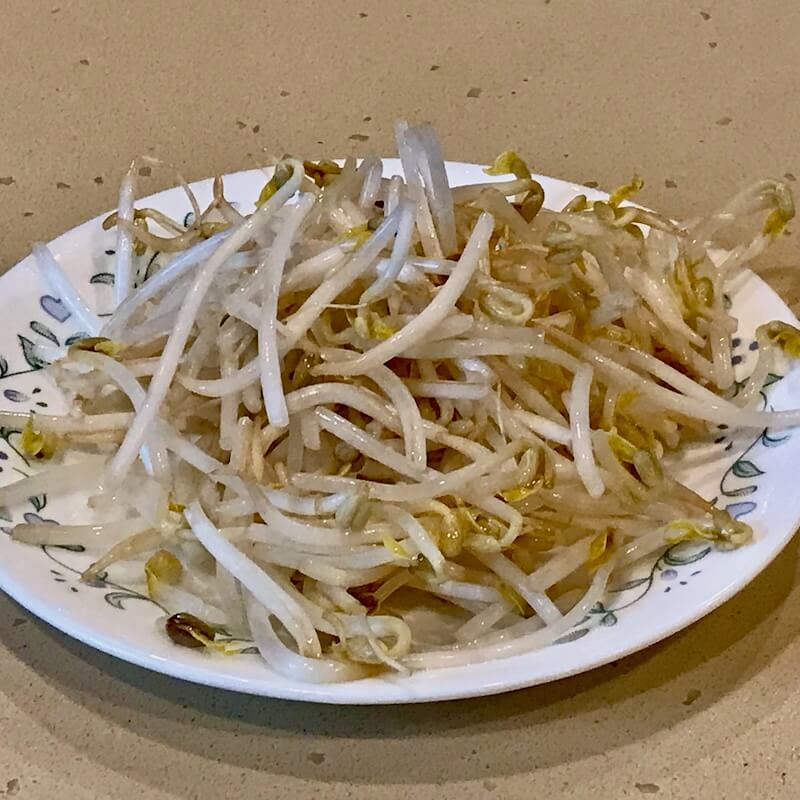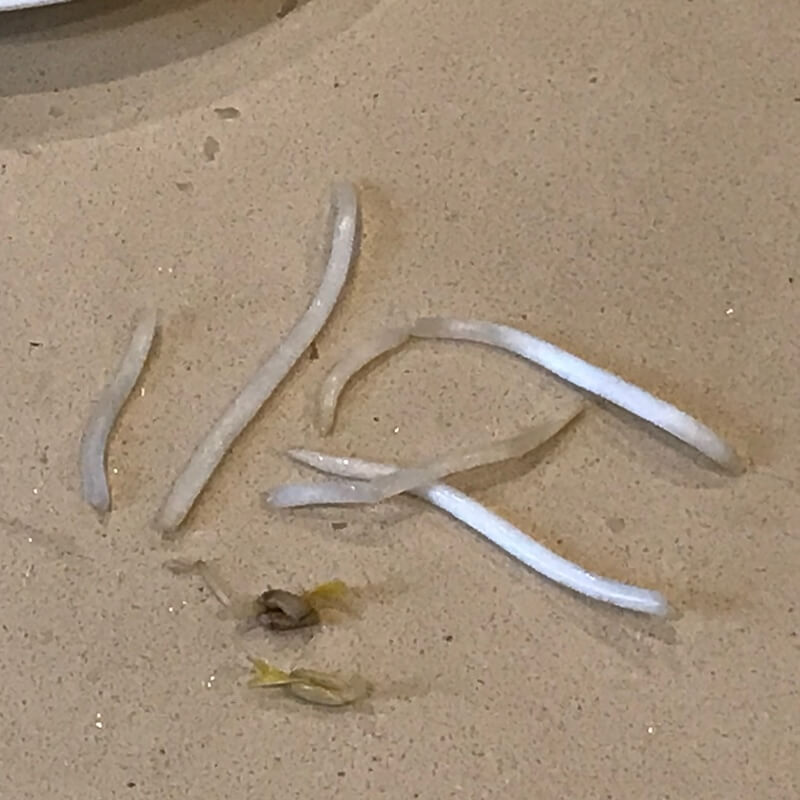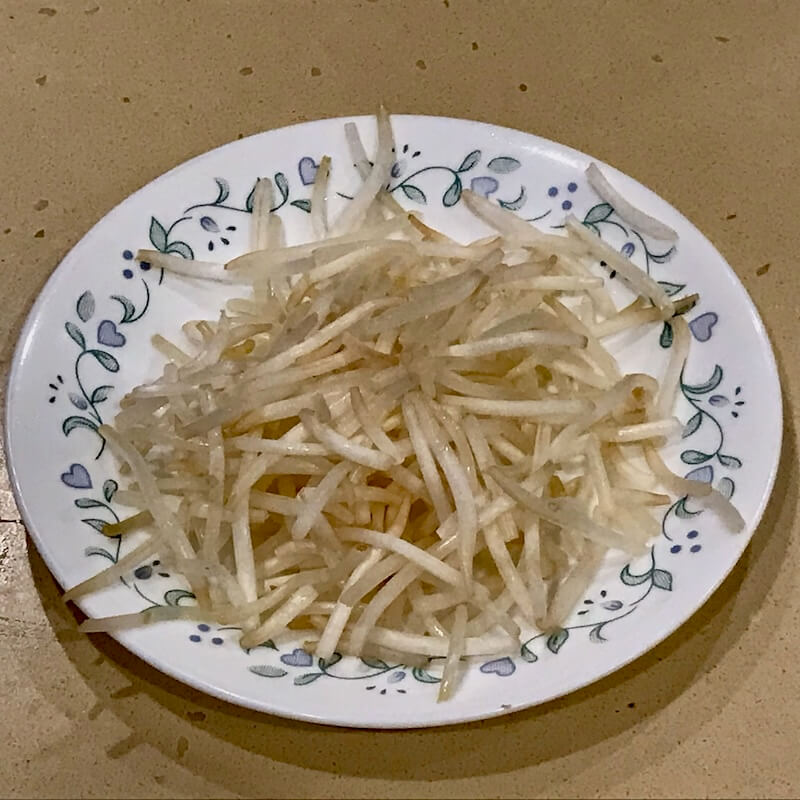Mung beans are native to India, but cultivated widely in south and southeast Asia. They are a legume, like peanuts, soybeans, chickpeas, carob, alfalfa, tamarind and clover. Legumes are good for your garden, because they have nitrogen-fixing bacteria in root nodules that improve the soil. Mung bean sprouts are a common ingredient in Chinese and Thai stir-fries, and are a healthy source of vitamins and vital nutrients. Traditional Chinese Medicine considers mung bean sprouts a cooling food, for reducing inflammation in the body. Modern research confirms that mung bean sprouts are rich in antioxidants, thus eliminating free radicals that cause inflammation, heart disease, and cancers.

Nutrients in mung bean sprouts
Mung bean sprouts are rich in essential vitamins and nutrients, including:
- Protein
- Fiber
- Folate (B9)
- Manganese
- Magnesium
- Vitamins B1, B2, B3, B5, B6
- Phosphorus
- Iron
- Copper
- Potassium
- Zinc
- Selenium
Cooking with mung bean sprouts
While it is perfectly fine to cook and eat the whole bean sprout, many chefs often remove the heads and tails. This is easy to do, just pinch them off with your thumb and forefinger. The body of the sprout, when fresh, is full of moisture, crisp, and slightly sweet. The texture and presentation of the finished dish is better with the heads and tails removed. For restaurant dishes, such as Jing’s Shredded Chicken with Silver Sprouts, this is an essential step in the preparation.


Mung bean sprouts make a delicious addition to many dishes, including fried noodles (chow mein), fried rice, chow fun, and even hot pot dishes such as Sichuan Spicy Boiled Chicken.
Do you enjoy My Chinese Home Kitchen?
We enjoy sharing these authentic home recipes with you. My Chinese Home Kitchen is a labor of love.
Please tell your friends about us!
Learn more about My Chinese Home Kitchen at our About page.
Please leave a comment, or SUBSCRIBE to our newsletter.
For more of our original videos, visit My Chinese Home Kitchen on YouTube and Rumble.


